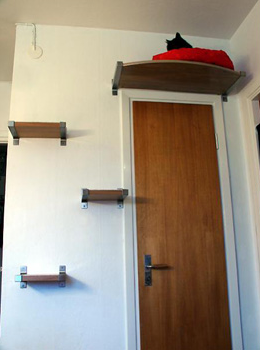Backing up your data is mundane and unexciting but it’s better than the worst-case scenario of losing things like your contacts, emails, personal documents and so on. I speak from personal experience and assure you, it’s not a lesson you want to learn the hard way.
I like to have my PC environment set up in a certain way with certain settings and preferred applications. Doing a full system restore and manually reconfiguring and installing everything would take a day or more.
Imaging saves me a huge amount of hassle.
What is imaging? Well it’s rather like taking a snapshot of your data or system. The main difference comes not in how the data is backed up but how it is restored.
Imagine your system and data is a sheet of paper filled with words. You can write each word individually, one after the other. Maybe correcting a mistake here, crossing out a word there. Eventually your page has all the words on it that you intended. Re-writing the page if it were blanked would take much the same time as you’d have to repeat the entire process again.
Now, imagine that you’ve a page-sized rubber stamp. All the words have been set on the rubber stamp. You’ve been careful to set the stamp up just how you want it and not have any errors in the words or layout. It’s probably taken a little longer to prepare the rubber stamp than it would have done to write all the words on the page individually as described in the paragraph above.
However, when it comes to actually putting those words onto the page, you just push the rubber stamp onto the page and in one brief operation all your words and layout are printed back onto the page. If the page was blanked then putting all those words back onto it would be a simple task of using that carefully prepared rubber stamp again.
And that’s how I’d describe the difference between restoring data / reinstalling a system one part at a time or recovering an entire system from an image backup.
There are a few different types of software that’ll manage this process for you but I think Acronis True Image is the one to go for. I happen to think it’s very user-friendly and feature-rich. If anything, it has more features than I’d want to use in a domestic environment.
As much as I love the software, it’s the principle of imaging that’s the real beauty. If you’re prepared to spend a bit of time setting up your system well, removing junk you don’t need and getting everything fully featured but not bloated and then make your perfect image then your computer is almost bullet proof!
Why spend thirty minutes doing a virus scan that may or may not solve the odd issue that recently appeared on your system when you can do a complete clean-and-restore in under five minutes and eliminate the problem for good? Why let your PC get more and more bogged down as you use it with all the temporary data and indexes that build up when you can flush all the rubbish out and restore to a lean but fully featured system that runs nice and quickly in the same time as it would take you to make and drink a cup of coffee?
Imaging isn’t a total solution for backups. You still want to back up current data like your emails and documents in a state where restoring them won’t send you back in time. But if you’re willing to invest time in preparing a good backup image then you can feel confident knowing that, whatever happens, you can get your system, complete with all your settings, back in a flash.
 Are you a regular visitor to a frequently updated web site that publishes every single one of its articles with a clever or ironic header image?
Are you a regular visitor to a frequently updated web site that publishes every single one of its articles with a clever or ironic header image?

